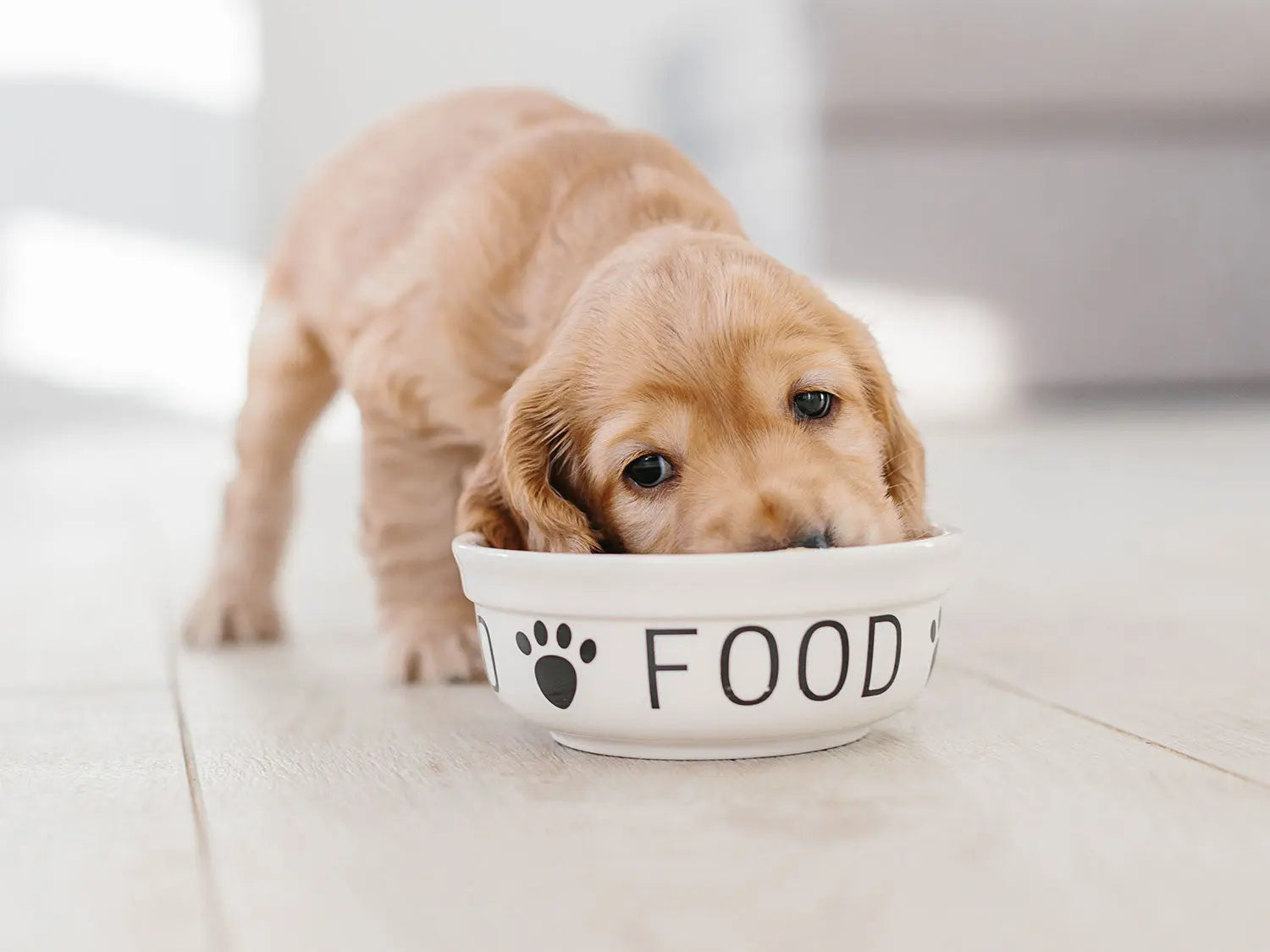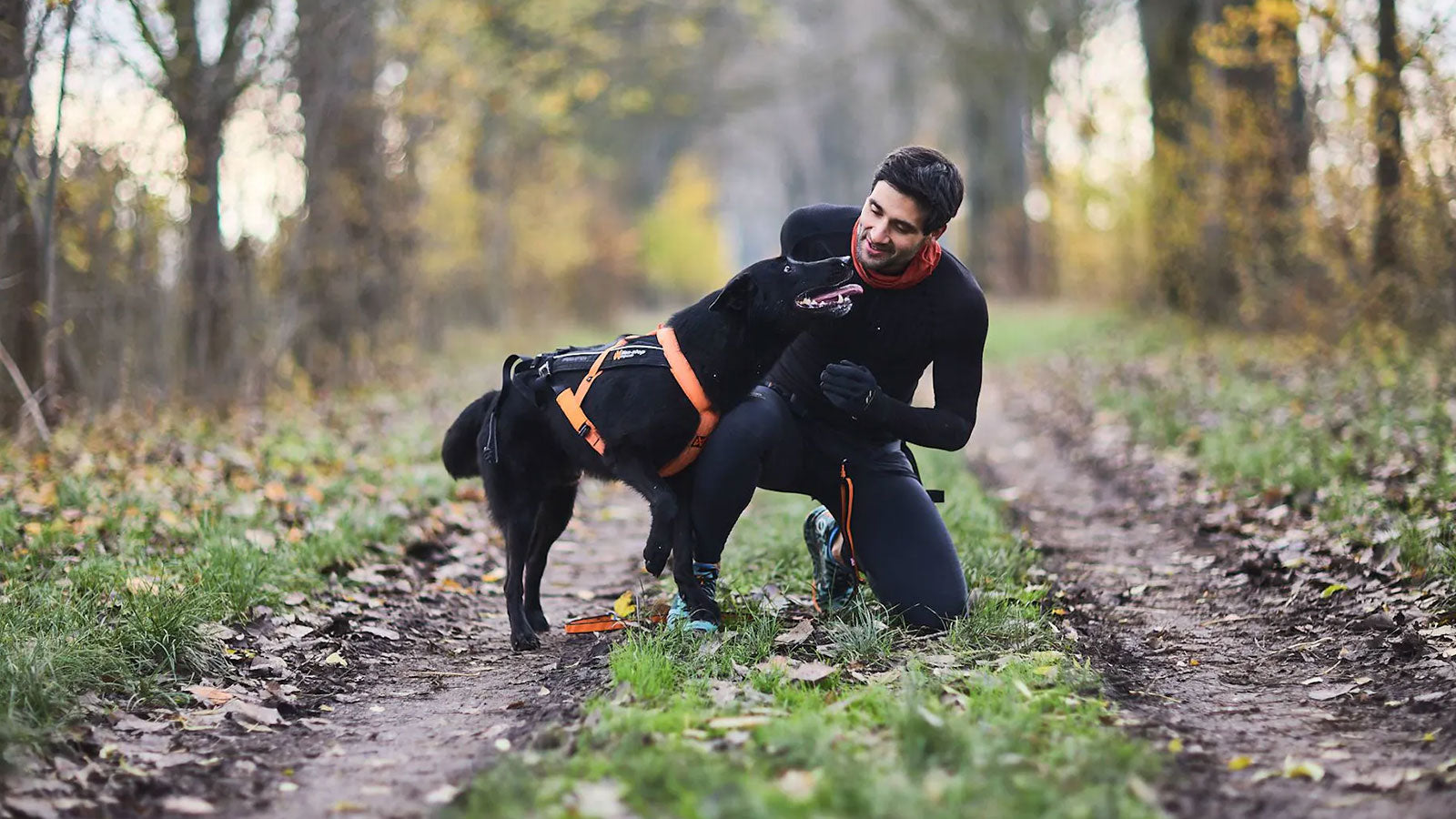Transitioning a dog or cat to a natural, raw, Biologically Appropriate Raw Food (BARF) diet at any stage of life can significantly enhance their physical and mental well-being.
However, providing your puppy with a biologically appropriate, raw diet from the very beginning of its weaning journey is the best way to ensure you are giving them the best possible start in life. Similarly, kittens also benefit greatly from a raw diet tailored to their nutritional needs, which supports their growth and development.
General Feeding Guidelines
For both kittens and puppies, it's important to feed them the right amount to support their rapid growth. A general guideline is to feed kittens and puppies 5% of their body weight, increasing to up to 10% during growth spurts. Monitoring their condition closely and adjusting their intake as needed is crucial. Typically, their nutritional requirements will decrease around 8-10 months of age as their growth slows down.
Puppies
Puppies should begin their raw diet journey with minced mixes that include bone, organs, and green tripe. This initial diet is essential for at least the first two weeks. Adding bone broth to their diet during this period can be particularly beneficial, especially during the settling-in phase, as it provides hydration and essential nutrients.
After the initial two-week period, if the puppy is adapting well, you can begin to introduce variety into their diet. Start by offering a different type of minced mix and gradually incorporate raw meaty bones every couple of days. Initially, choose one type of bone, with soft options like necks and brisket being ideal starting points. Alongside each raw meaty bone, it’s recommended to feed a small amount of green tripe to aid digestion and provide additional nutrients.
As your puppy becomes accustomed to this routine, you can gradually introduce a wider variety of foods—always one new item at a time to monitor how well they tolerate it. Ensuring a diverse diet helps in meeting all their nutritional needs and prevents the development of food sensitivities.
Feeding Frequency for Puppies
As puppies grow, their feeding frequency will change to accommodate their development stages:
- <12 weeks: Feed 3 times a day
- 12 weeks - 6 months: Feed 2-3 times a day
- 6 months - 1 year: Feed 2 times a day
- 1 year+ (Adults): Feed 1-2 times a day
Kittens
Like puppies, kittens should also begin with minced mixes and boneless meats for at least the first two weeks before introducing raw meaty bones such as chicken necks and rabbit shoulders. Approximately two-thirds of their diet should consist of mixed minces that include bone and organs, while the remaining one-third should be made up of boneless meat products such as fillets and meat cubes.
If your kitten adjusts well to this diet after the first two weeks, you can start to introduce raw meaty bones into their diet regularly. Aim to include these at least twice a week, though some kittens may enjoy them daily. Encouraging a wide variety of foods early on will help your kitten adapt to the seasonal variations often found in a raw diet, ensuring they receive a well-rounded range of nutrients.
Feeding Frequency for Kittens
Kittens have different feeding needs based on their age:
- <6 months: Feed 3-4 times a day
- 6 months: Feed 2 times a day
The Benefits of Bones
Calcium & Phosphorus
Raw meaty bones are an excellent source of calcium and phosphorus, providing these essential minerals in a perfect combination. This balance eliminates the need for guesswork, complex formulations, or additional supplementation. A young kitten or puppy, when given the appropriate amount of raw meaty bones, will use exactly what they need for growth and development, excreting any excess naturally.
Dental Benefits
Chewing on raw meaty bones offers significant dental benefits, promoting the development of healthy teeth and gums. The act of chewing and tearing the bones helps to dislodge baby teeth and facilitates the normal progression of adult teeth. Additionally, this natural process helps to clean the teeth and gums, reducing the risk of dental problems later in life.
Providing your kitten or puppy with a balanced, raw diet from an early age sets them up for a lifetime of health and vitality. By following these guidelines and gradually introducing a variety of foods, you ensure that your pet receives the best possible nutrition tailored to their specific growth stages and needs. Always monitor their condition closely and adjust their diet as necessary to keep them thriving.






Share:
Converting Cats to a Healthier Diet
Bone Feeding Guide